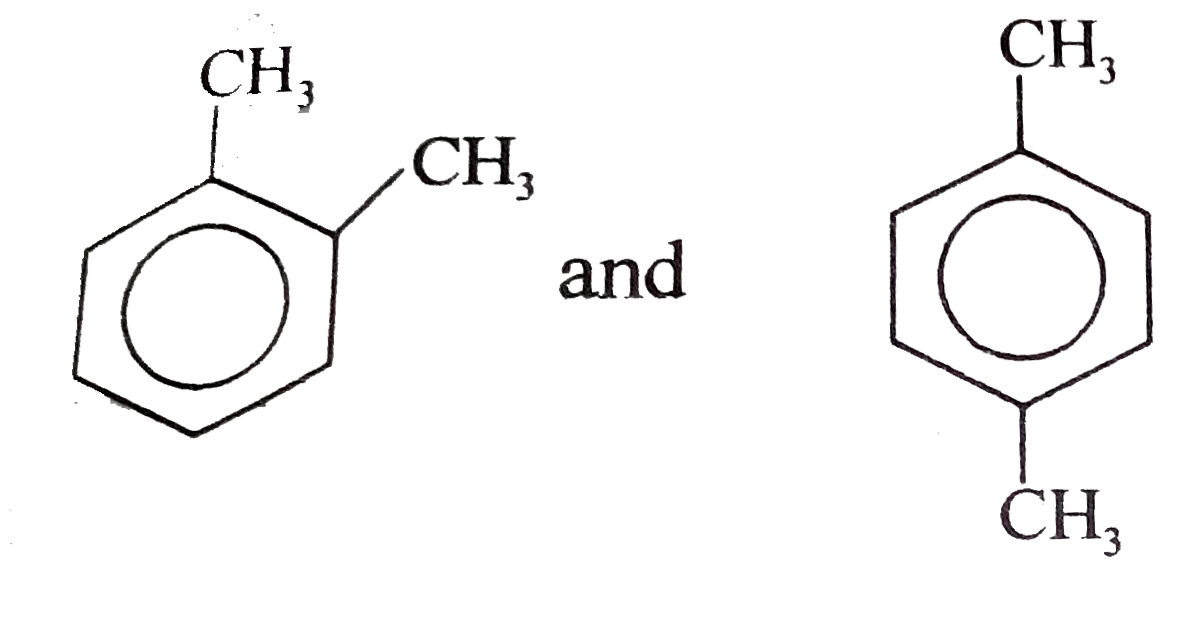Most types of virus particles show which types of symmetries?
Complex and helical
Cuboid and helical
Bilateral and helical
Complex and bilateral
The correct Answer is:B
Step-by-Step Solution:
1. Understanding Virus Structure: Viruses are composed of nucleic acids (DNA or RNA) and proteins. The arrangement of these components leads to different types of symmetry.
2. Types of Symmetry in Viruses: There are three main types of symmetry observed in viruses:
- Helical Symmetry
- Cubic Symmetry
- Complex Symmetry
3. Helical Symmetry: In helical viruses, the protein subunits and nucleic acid are arranged in a spiral or helical structure. This is common in many viruses, such as the Tobacco Mosaic Virus.
4. Cubic Symmetry: In cubic symmetry, the virus particles are arranged in a cubic shape, which is typical for many icosahedral viruses, such as the Adenovirus.
5. Complex Symmetry: Some viruses exhibit complex symmetry, which does not fit neatly into helical or cubic categories. These viruses often have additional structures, such as tails or envelopes.
6. Conclusion: Most types of virus particles predominantly show helical and cubic symmetry. Therefore, the correct answer to the question is that most viruses exhibit helical and cubic symmetry.
Final Answer: Most types of virus particles show helical and cubic symmetry.
---
- Helical Symmetry
- Cubic Symmetry
- Complex Symmetry
Similar Questions
Knowledge Check

shows which type of isomerism?AFunctional group insomerismBGeometrical isomerismCMetamerismDPositional isomerism shows which type of isomerism. Aposition isomersBchain isomersCFunctional isomersDMetamers
shows which type of isomerism. Aposition isomersBchain isomersCFunctional isomersDMetamers
Shows which type of isomerismAfunctional group of isomerismBgeometrical isomerismCmetamerismDPosition isomers


